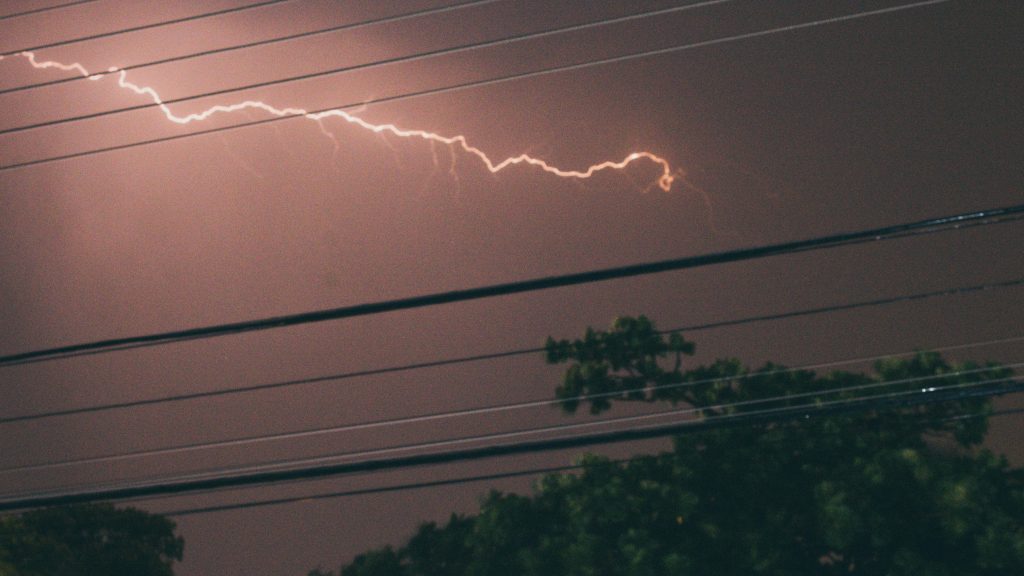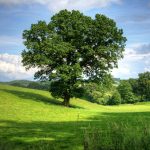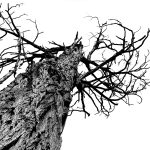As storm season approaches in Atlanta, it’s crucial to prepare your trees to withstand severe weather. Proper tree maintenance can prevent property damage, ensure the safety of your family, and prolong the life of your trees. Here’s a comprehensive guide on how to get your trees ready for storm season.
Importance of Regular Maintenance
Regular maintenance is the cornerstone of tree health and resilience. Healthy trees are better equipped to withstand high winds, heavy rain, and other storm-related stresses. Here’s why regular maintenance is essential:
- Disease Prevention: Regular inspections and care help identify and treat diseases early, preventing them from weakening the tree.
- Structural Integrity: Proper maintenance ensures that the tree’s structure is strong and well-balanced, reducing the risk of breakage during a storm.
- Debris Reduction: Regularly removing dead or weak branches reduces the amount of debris that can cause damage during a storm.
By keeping your trees healthy and structurally sound, you minimize the risk of storm damage and enhance the beauty of your landscape.
Pruning Techniques
Pruning is a critical component of tree maintenance that helps minimize wind resistance and prevent storm damage. Here are some effective pruning techniques:
- Crown Thinning: Remove selective branches throughout the crown to increase light penetration and air movement. This reduces wind resistance and the risk of branches breaking.
- Crown Reduction: Shorten the height and spread of the tree by pruning back to lateral branches. This technique is especially useful for older trees that may not tolerate heavy winds.
- Deadwood Removal: Regularly remove dead, diseased, or damaged branches to prevent them from falling during a storm.
Proper pruning requires knowledge and skill to ensure that the tree remains healthy and balanced. It’s often best to hire a professional arborist for this task.
Bracing and Cabling
For trees with weak branches or structural issues, bracing and cabling can provide additional support. Here’s how and when to use these techniques:
- Bracing: Install rods in the tree to provide additional support to weak or split branches. This technique is useful for trees with significant structural defects.
- Cabling: Install flexible steel cables between branches to redistribute structural stress. This helps prevent branches from breaking under the weight of heavy winds or rain.
Bracing and cabling should be done by a professional arborist to ensure they are installed correctly and effectively.
Identifying Hazardous Trees
Spotting potentially hazardous trees before a storm is crucial for preventing damage. Here are some signs to look for:
- Leaning Trees: A tree that leans significantly may have root or structural issues that make it prone to falling.
- Cracks in the Trunk: Cracks or splits in the trunk can indicate structural weakness.
- Dead or Decaying Wood: Deadwood is brittle and more likely to break during a storm. Look for branches with no leaves or signs of decay.
- Root Issues: Exposed or damaged roots can compromise the stability of the tree.
If you identify any of these signs, it’s important to consult with a professional arborist to assess the tree’s condition and recommend the best course of action.
Professional Help
While some tree maintenance tasks can be done by homeowners, preparing your trees for storm season is often best left to professionals. Here’s why hiring a professional arborist is beneficial:
- Expertise: Arborists have the knowledge and experience to identify and address potential hazards effectively.
- Safety: Tree work can be dangerous, especially when dealing with large trees or heavy branches. Professionals have the right equipment and training to do the job safely.
- Comprehensive Care: Arborists can provide a full range of services, from pruning and bracing to emergency storm response.
By hiring a professional, you ensure that your trees are well-prepared for storm season and that any issues are addressed promptly and effectively.
Conclusion
Preparing your trees for storm season is essential for protecting your property and ensuring the safety of your family. Regular maintenance, proper pruning, bracing and cabling, and identifying hazardous trees are all critical steps in this process. While some tasks can be done by homeowners, hiring a professional arborist offers expertise, safety, and comprehensive care.
At VMG Tree Care, we’re here to help you prepare your trees for storm season. Contact us today to schedule a consultation and ensure your trees are ready to withstand the storms ahead. Call us at 404-456-6794 or visit our main website for more information.



